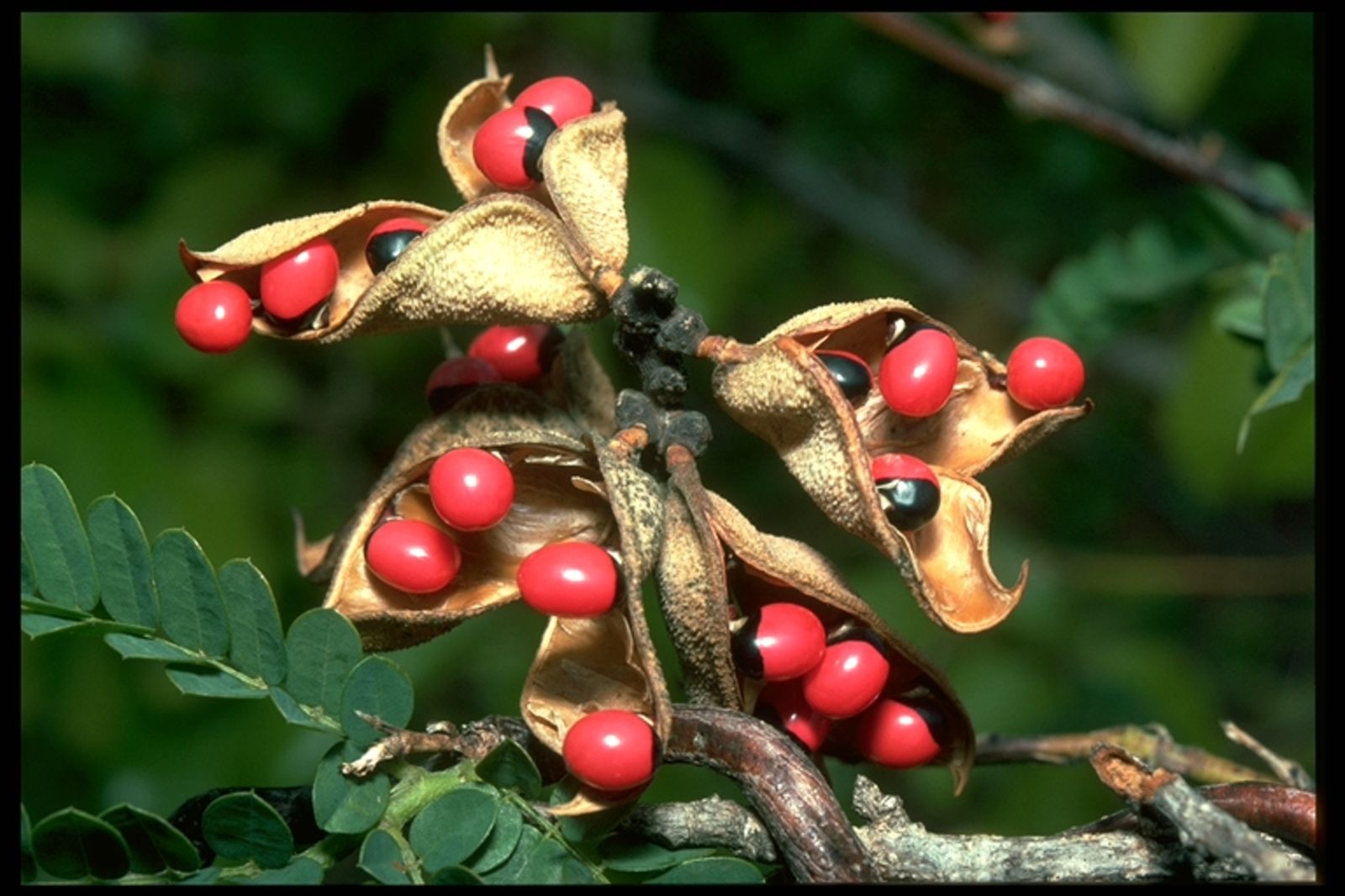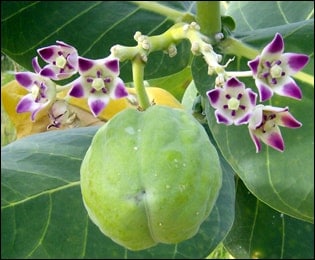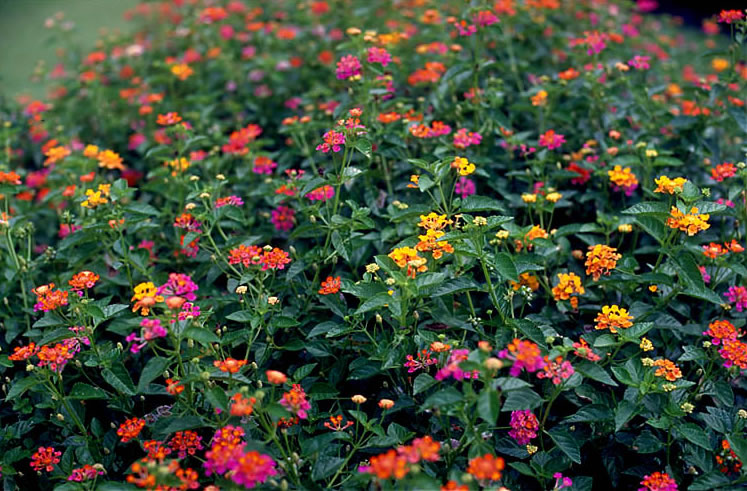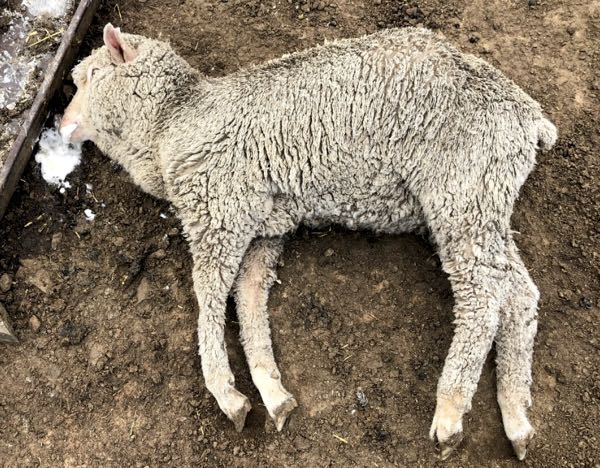Abrus precatorius (Rati/Gunj/Rosary beans)
Toxic Principle: Abrin→ Inactivates Protein synthesis.
Clinical signs: GI dysfunction, salivation, colic, bloody diarrhea, muscular twitching. Nervous signs in later stages followed by death within 1-10 days.
PM: Splotchy Hemorrhage & Ulceration
Treatment: Antidote – Anti abrin serum; emesis followed by activated charcoal; saline purgatives (MgSO4); Tannic Acid

Source: Abrus precatorius L. | Kew Science
Pteridium aquilinum (Bracken Fern)
Present in hilly areas, sheep and cattle (goats are top browsers) are affected.
Toxic Principles:
- Ptaquiloside→ Tumor formation→ Haematuria→ Anemia and Bone marrow suppression
- Thiaminase →Thiamine deficiency→ Polyencephalomalacia (nervous signs)
- Hematuria factor→ Hemorrhages and hematuria
- Quercetin→ Co-carcinogen with papilloma virus→ malignant tumors in mouth, esophagus and rumen
Clinical signs: High fever, bleeding from orifices, secondary bacterial infections, fatal disease, death at 7-8 weeks.
PM: Multiple hemorrhages throughout the carcass
Treatment: DL- Batyl alcohol – 1g /10ml of olive oil S.C x 5 days; Thiamine 100 ml I/M daily, avoid grazing

Source: Pteridium aquilinum (bracken fern): Go Botany
Calotropis gigantea (Aak)
Toxic Principle: Calotoxin & Calotropin
Clinical signs: Kerato-conjuctivitis, stomatitis, diarrhea, dilated pupils, tetanic convulsions, collapse and death
Treatment: Stomach wash; Symptomatic treatment

Source: Aak, Madar (Calotropis gigantea), Planet Ayurveda
Ricinus communis (Dolla/Castor beans)
Toxic Principle (Seeds): Ricin→ Haemoglobinuria
Clinical signs: Nausea, Colic, Bloody diarrhea, Muscle twitching, Rumen stasis.
PM: Hemolytic anemia and generalized petechial hemorrhages
Treatment: Activated Charcoal; Na2CO3; Demulcents; Fluid therapy; Anti ricin serum

Source: Ricinus communis – Castor Oil Plant – rarepalmseeds.com
Datura stramonium (Belladonna poisoning)
Toxic principle: Tropane alkaloids like Dhaturine (mixture of atropine and scopolamine) → inhibit muscarinic receptors (Ach related) in body→ inhibit parasympathetic response.
Clinical signs: Rapid breathing, dilated pupils, staggering gait, delayed gastric emptying, photophobia.
Goats – Tachypaenia,
Sheep – Ataxia,
Cattle – bloat and ruminal atony
PM: Hemorrhages in brain, stomach and upper intestine, congestion in GIT
Treatment: No antidote; Physostigmine 0.02mg/kg BW slow I/V over 5min (cattle)

Source: Datura stramonium – Wikipedia
Sorghum (Charri, Barugrass)- Cyanide poisoning
Toxic principle: Dhurrin
Clinical signs: Dyspnoea, Bloat, tremors, regurgitation of ruminal content
PM: Unclotted blood, cyanotic mucous membranes, bitter almond smell from rumen, death due to asphyxia
Treatment: Na nitrite- 20 mg/Kg BW as 1% solution slow I/V followed by Na Thiosulphate- 500mg/Kg BW as 25% solution slow I/V

Source: Sorghum | Britannica
Ipomoea carnea (Jalap)
Mostly found during May-July
Toxic principle: Resin (jalapin)
Clinical signs: Pale mucous membrane, ataxia, drastic purgation, wide base stance, Neurological impairments.
PM: Not specific
Treatment: Dextrose (20%) I/V; Liver tonics; Stall feeding

Source: Ipomoea carnea – Wikispecies
Lantana camara (Panch phooli)
Toxic principle: Lantadene A, B
Clinical signs:
Peracute – Bloat→ Death
Sub acute – Photosensitization on hairless parts & jaundice, Constipation
PM: Superficial necrosis on unpigmented skin, carcass emaciated and dehydrated, enlarged cirrhotic liver
Treatment: Activated Charcoal- 1gm/kg BW; DNS; Dextrose-10%; Liver tonics; Anti Histamines; Abs like DCR, Ampicillin (preferred in Liver problems)

Source: Lantana camara I Plants & Flowers
Brassica/Kale
Toxic principle: Glucosinolates→ interfere with iodine incorporation, causes Cu def. → Haemoglobinuria (Mostly in winter season)
Clinical signs:
Acute: severe gastroenteritis, scouring, rumen stasis, jaundice, anemia
Chronic: goiter, poor growth, hairlessness
Treatment: Cu preparations – Curan 9 – 2ml S/C at brisket region in Large Animal; Symptomatic treatment.
Source: Brassica oleracea var. sabellica – Wikispecies
Trifoliuim alexandrinum (Sh‘tala) & Alfa alfa (Lucerne)
Clinical signs: Bloat & grain engorgement, rumen overload, atony and acidosis, nervous signs due to thiamine deficiency & laminitis
Treatment: Stop carbohydrate intake; Oral antibiotics like Tetracycline or Penicillin; Vitamin-Thiamine; Avil; Cud Transplants/Rumenotorics
Source: Flora of Israel: Trifolium alexandrinum
Urea Poisoning
Clinical signs: Bloat, frothy salivation, tremors, pulmonary edema, gasping, staggering gait, severe colic death after violent struggling
PM: Ammoniacal odour from animal/rumen, petechial hemorrhages
Treatment: Cold Water 3-10 gallons; 5% Vinegar 0.5-2L P.O. (Sheep & Goat) and 2-8L in cattle; Treatment of bloat.

Urea poisoning in sheep
Maize & Oats – Nitrate Toxicity
Clinical signs: GIT irritation, diarrhea, subnormal body temperature, open mouth breathing
PM: Chocolate colored blood, brown stained mucous membranes
Treatment: 1% Methylene Blue 4-8mg/Kg BW slow I/V; Ascorbic acid 5-20mg/kg BW I/V

Source: Cereals hand-drawn illustration
Leucaenia leucocephala – Subabul
Toxic principle: Mimosine→ Goitre
Clinical signs: Thyroid Thrill, goitre, alopecia, incoordination
Treatment: Potassium Iodide (28 mg in 1Ltr) → 10 ml/ Small Animal
/leucaena_leucocephala13.jpg)
Source: Factsheet – Leucaena leucocephala (Leucaena)
Cotton seed / Gossypol poisoning
Toxic principle: Gossypol
Clinical signs: Loss of appetite, weakness, rapid breathing
Treatment: No specific treatment; remove cotton seed products from diet

Source: Effects of gossypol in cottonseed meal rations on cows – All About Feed
Acokanthera oblongifolia (poison arrow plant)
Clinical signs: Rapid shallow breathing, diarrhea, muscular spasms, teeth grinding, slimy nasal discharge, sudden death in cattle.
PM: Gastroenteritis, pale pink lungs distended with air, hemorrhages within heart
Treatment: No specific treatment; Symptomatic treatment
Source: Acokanthera oblongifolia | PlantZAfrica
Authored By
Dr. Harpreet Kour1 & Dr. Abhinav Thappa2
1. PhD Scholar, Department of Veterinary Pharmacology & Toxicology, GADVASU, Ludhiana, Punjab.
2. Veterinary Assistant Surgeon, Block Samba, Department of Sheep Husbandry, Government of Jammu & Kashmir
For any type of query related to animal husbandry, you can ask us by clicking ‘ask a question’ or ‘contact us’ option. For receiving a soft copy of any article, mail us at [email protected].
If you want to write an article or share your experience related to animal husbandry with other farmers, write your article and email it to [email protected].

Leave a Reply